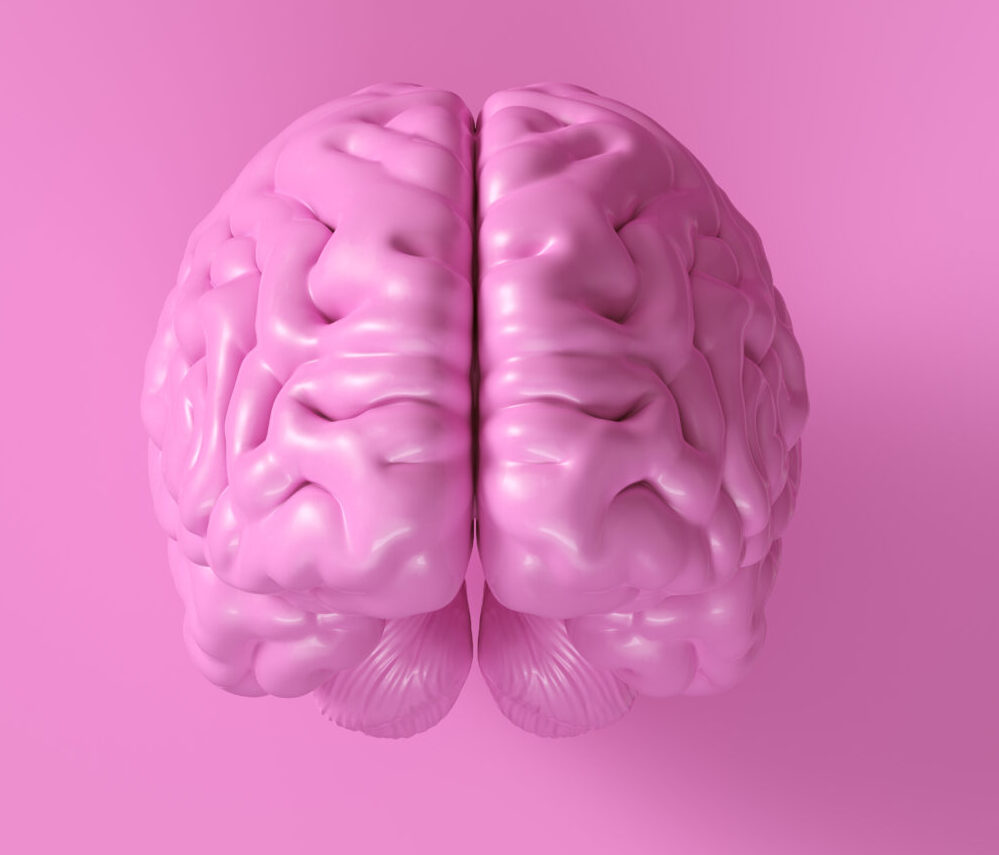Unraveling the Cellular Landscape of Alzheimer’s Neurodegeneration
**Unraveling the Cellular Landscape of Alzheimer’s Neurodegeneration**
Alzheimer’s disease is a complex condition that affects the brain, causing memory loss, confusion, and difficulty with daily tasks. For a long time, scientists have been trying to understand how this disease works at the cellular level. Recently, researchers have made significant progress in uncovering the cellular mechanisms behind Alzheimer’s neurodegeneration.
### The Role of Vascular Cells
One area of focus is the role of vascular cells in Alzheimer’s disease. These cells, including endothelial cells and pericytes, play a crucial part in maintaining the health of blood vessels in the brain. Research has shown that abnormalities in these cells can contribute to the development of dementia. By studying the gene expression in these cells, scientists have identified specific genes that are consistently dysregulated across different neurodegenerative conditions, including Alzheimer’s disease and cerebral small vessel disease[1].
### Cellular Senescence
Another important aspect is cellular senescence. This is a state where cells become stressed and stop dividing, but they do not die. Instead, they release toxic substances that can harm surrounding cells. In Alzheimer’s disease, senescent cells accumulate in the brain and contribute to neurodegeneration. These cells can be cleared by the immune system, but when they accumulate faster than they are cleared, they contribute to the progression of the disease[2].
### Amyloid Beta and Tau
Alzheimer’s disease is characterized by the buildup of two proteins: amyloid beta and tau. Amyloid beta forms sticky clumps called plaques, while tau forms tangles that disrupt brain function. Recent studies have shown that fatty acids can influence the aggregation of amyloid beta, making some fatty acids potentially useful in reducing the toxicity of amyloid aggregates[3].
### Biomarkers and Predictive Models
To diagnose Alzheimer’s disease early, researchers are developing biomarkers and predictive models. These biomarkers include amyloid beta, tau, and neurofilament light chain. By using machine learning models, scientists can predict the likelihood of brain amyloidosis in different racial and ethnic groups, which is crucial for personalized medicine[3].
### DNA Methylation and Depression
There is also a link between Alzheimer’s disease and depression. DNA methylation, an epigenetic modification, has been associated with both conditions. Research has shown that specific DNA methylation sites are correlated with depression levels in Hispanic participants, suggesting a potential mechanism for the association between depression and Alzheimer’s disease[3].
### Future Directions
Understanding the cellular landscape of Alzheimer’s neurodegeneration is crucial for developing new treatments. By focusing on vascular cells, cellular senescence, amyloid beta and tau, biomarkers, and DNA methylation, researchers are getting closer to unraveling the mysteries of this complex disease. Future studies will continue to explore these areas, aiming to find new therapeutic targets and improve diagnostic tools.
In summary, the cellular landscape of Alzheimer’s neurodegeneration is a complex interplay of vascular cell dysfunction, cellular senescence, amyloid beta and tau aggregation, and epigenetic modifications. By continuing to study these mechanisms, scientists hope to find new ways to prevent, diagnose, and treat this devastating disease.





